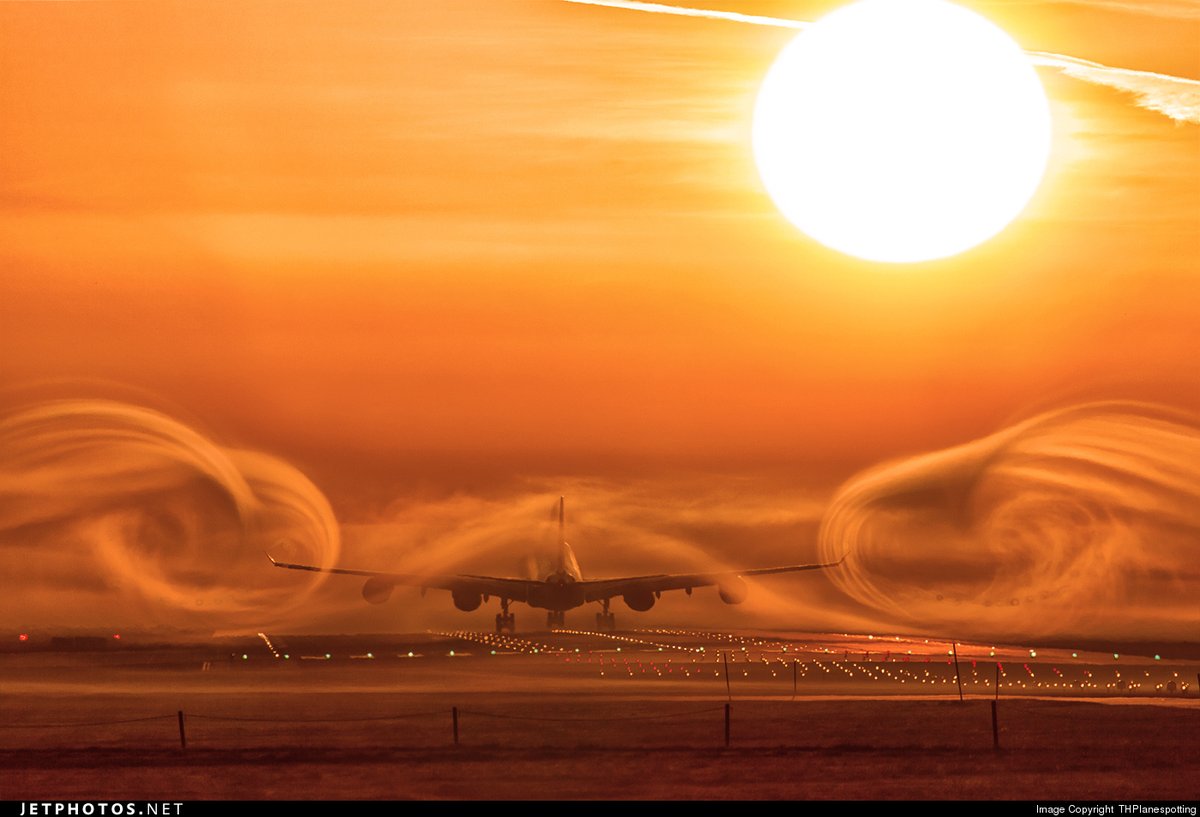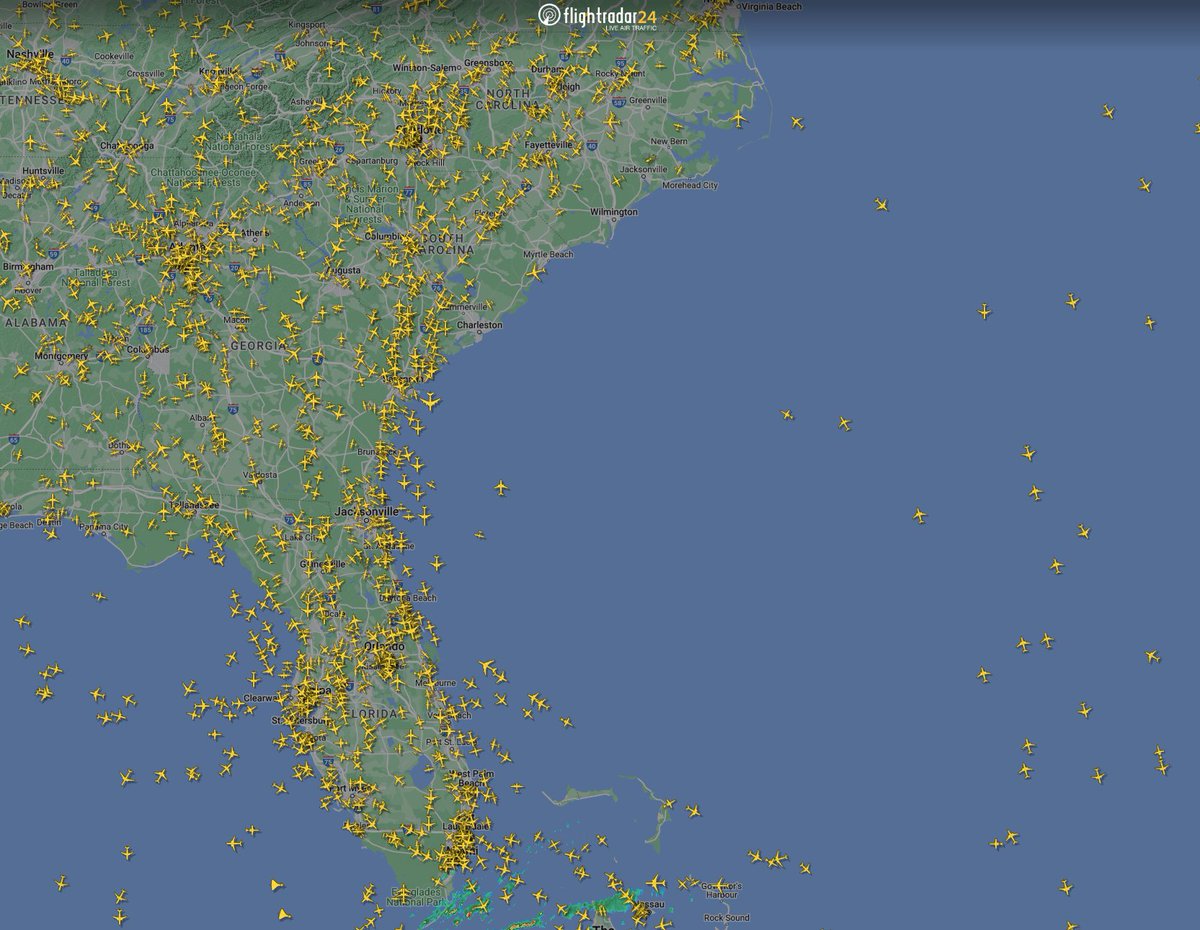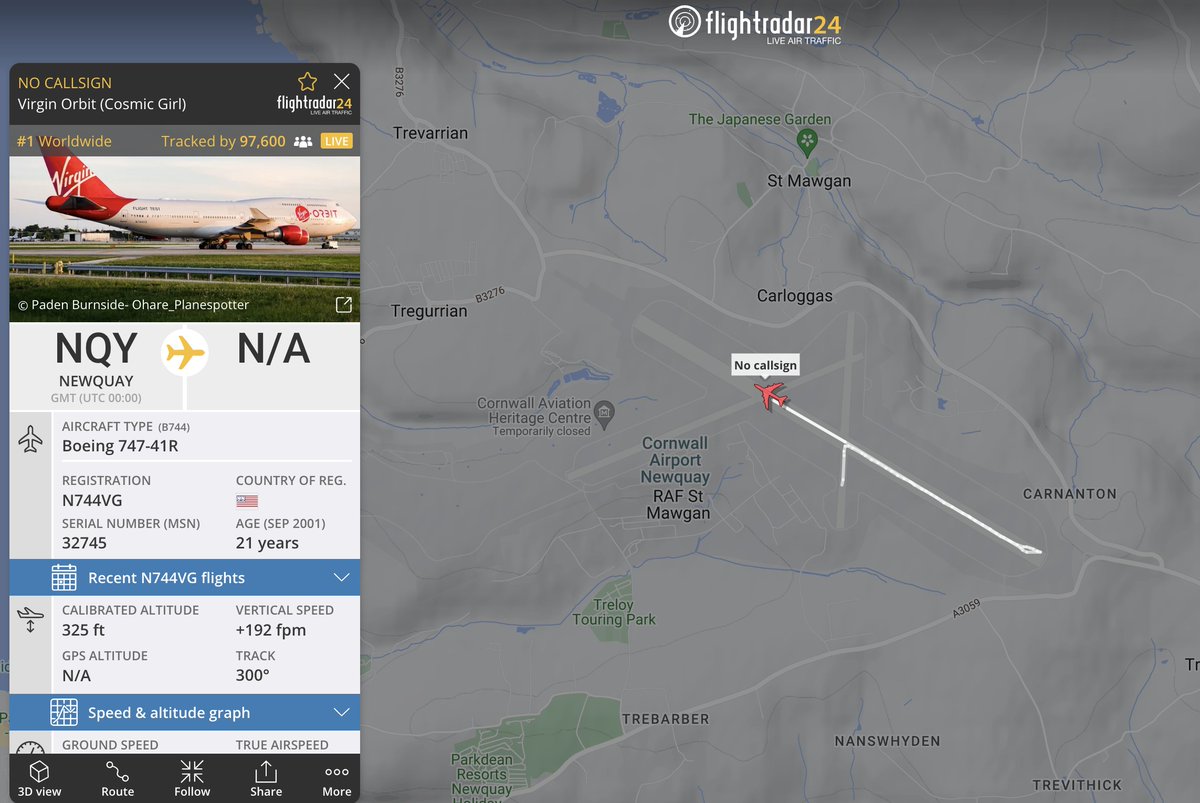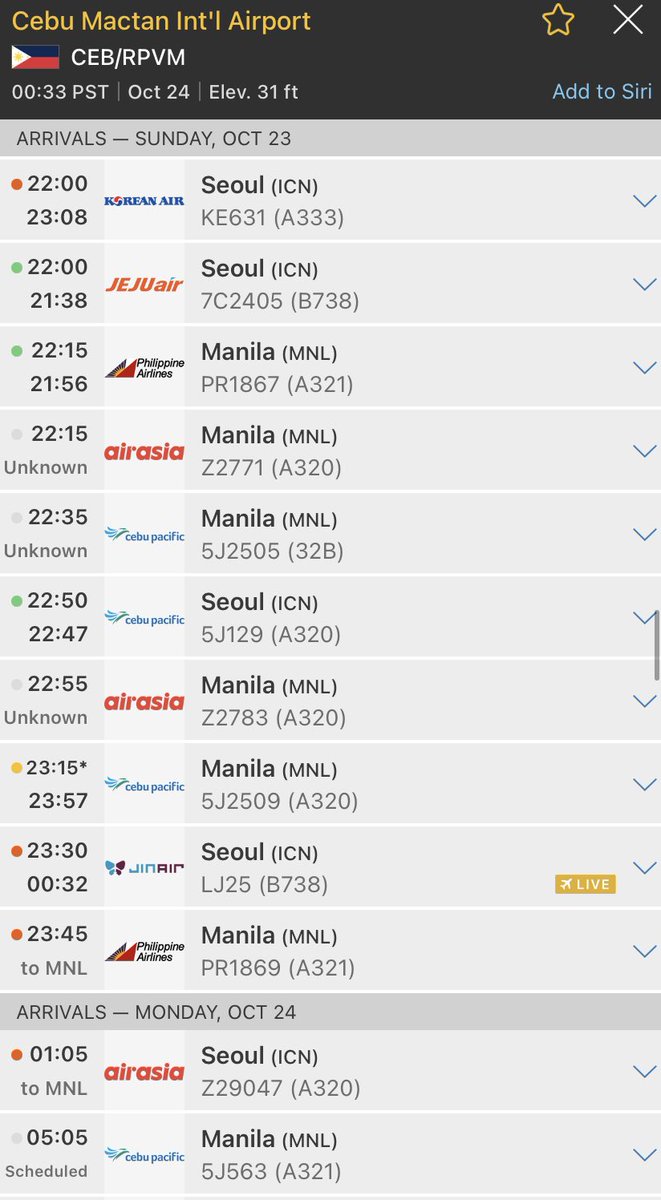⚠️ For the third time in two days Flightradar24 is under attack. Our engineers are working to mitigate the attack as quickly as possible and we hope to be back tracking flights soon. We appreciate your patience and apologize for the inconvenience. Updates to follow in thread.
We are continuing our efforts to mitigate the attack on our systems and are working diligently to bring Flightradar24 back online for all users. We thank you for your continued patience.
Work is ongoing to return Flightradar24 services to normal and mitigate the effects of an attack on our systems. Next update in 1 hour, or sooner if any status changes.
Our engineers are continuing to mitigate the attack on our systems and work to restore access to Flightradar24 services.
Next update in 1 hour, or sooner with any change in status. We truly appreciate your patience as we work to return Flightradar24 to full strength.
Next update in 1 hour, or sooner with any change in status. We truly appreciate your patience as we work to return Flightradar24 to full strength.
Work continues to mitigate the effects of the attack on our systems. Our team is working as quickly as possible to return our services to 100%. We will provide additional updates in this thread when new information is available.
Attacks on our systems continue and while we were able to bring services back for a short time, significant instability due to the sustained attacks has forced us to refocus our efforts to mitigate them. As a result, Flightradar24 remains unavailable to all users at this time.
• • •
Missing some Tweet in this thread? You can try to
force a refresh





















